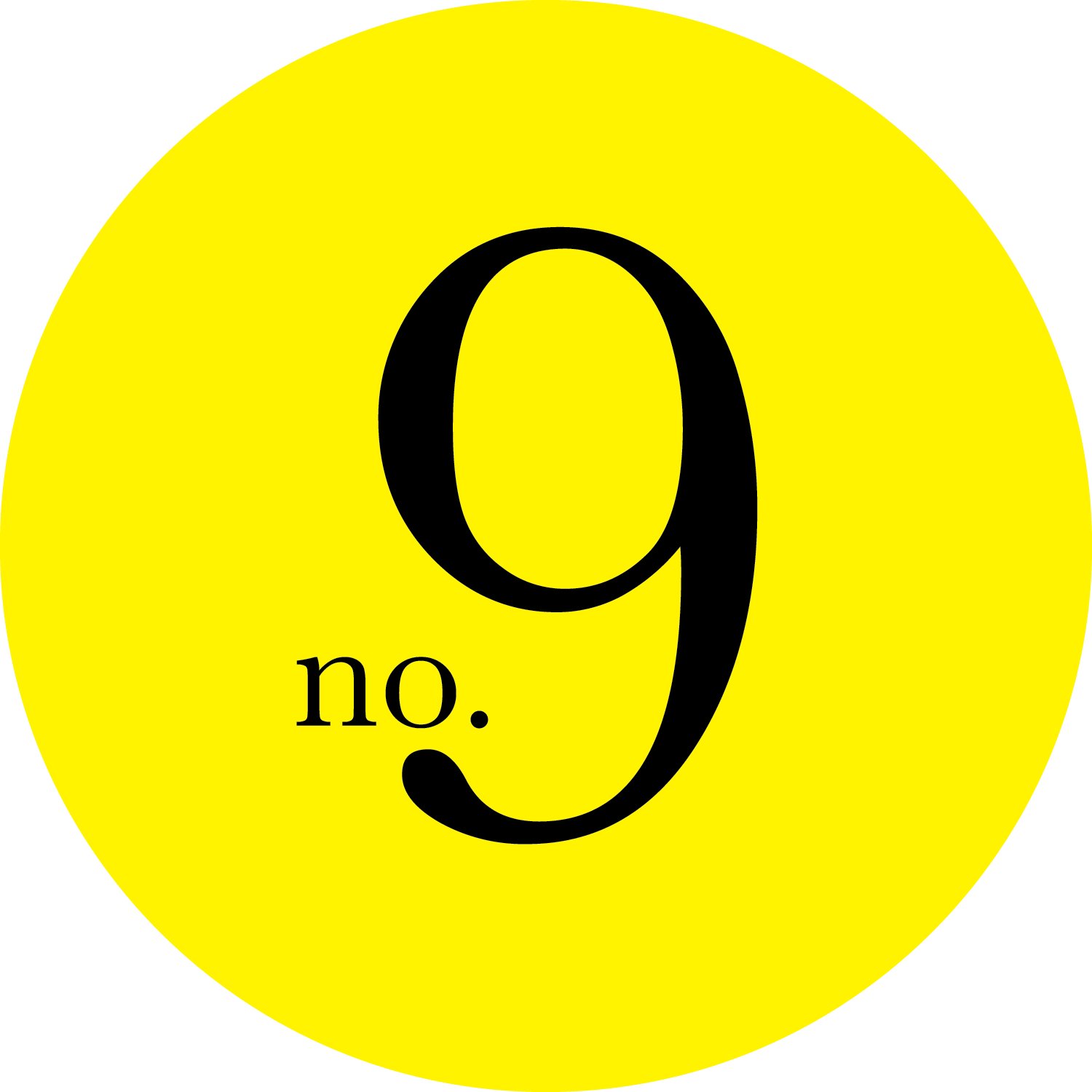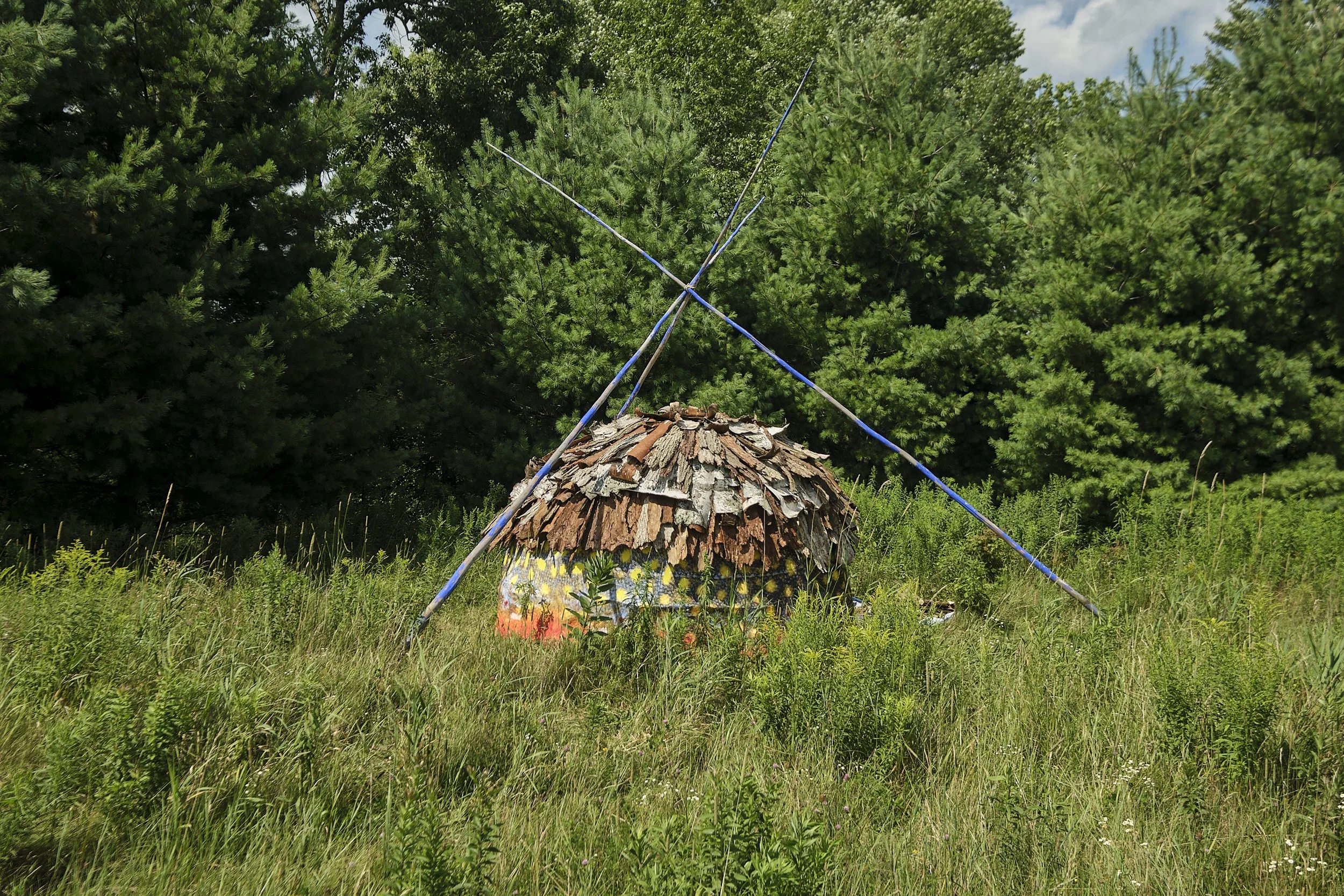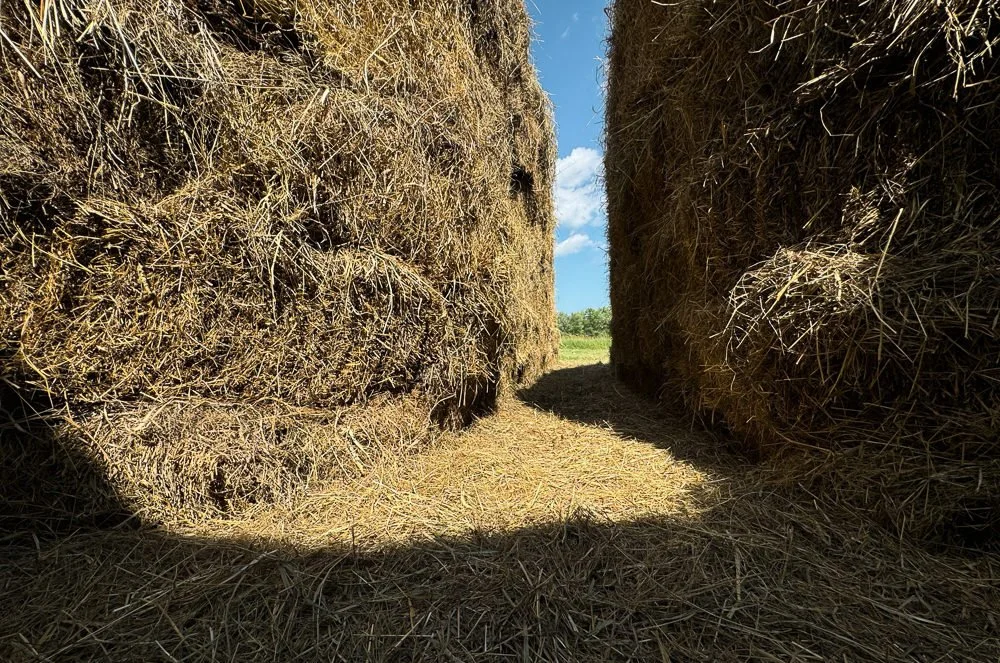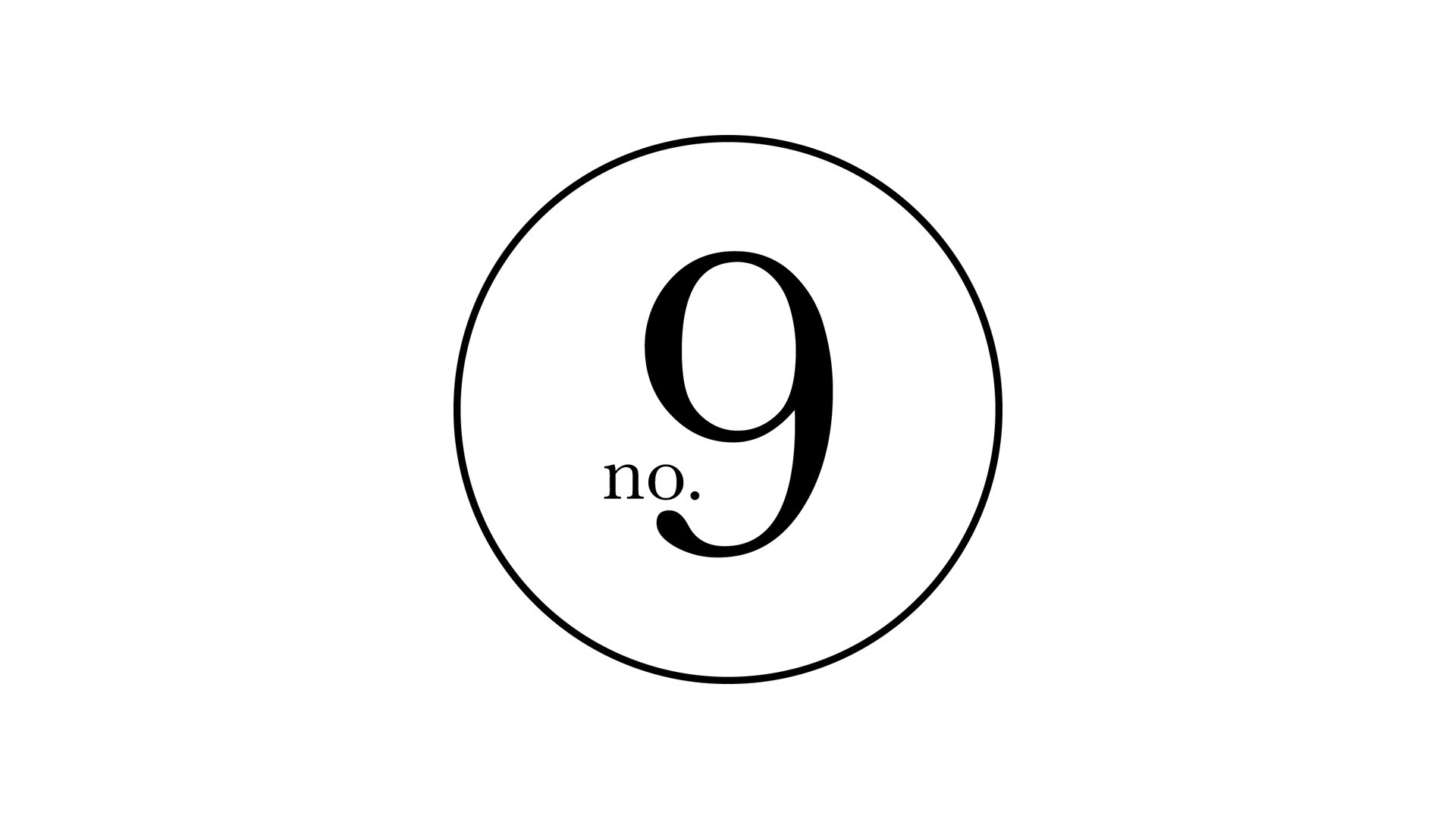JP Longboat. Ka’tarohkwi Story Lodge Gaa-danokwii, 2024
2024 Eco-Art Exhibition
Landing
At No.9 Gardens
July 20 – September 29, 2024
Self Guided Tours: 10am – 5pm Saturdays and Sundays
What is land doing? Land-ing? On the shores of a meandering creek and the wildflower fields of No.9 Gardens, an exhibition emerges from this inquiry. Artists Amanda Boulos, Maurício Chades, Marianne Chénard, JP Longboat, Ella Dawn McGeough, Kelsey Pearson, Sarah Peebles, Erica Stocking, Christian Bernard Singer and José Luis Torres address the sensory experience of edges, limits, and borders— both settling and unsettling—to express how landing shapes and permeates the human dream world.
In partnership with Agnes Etherington Art Centre. Curated by Sunny Kerr, Curator of Contemporary Art with the curatorial assistance of Sarah Tomkins.
The exhibition is open free to public for self-guided tours Saturdays and Sundays from 10am – 5pm, July 20 – September 29.
Amanda Boulos, Ella Dawn McGeough, and Erica Stocking
Four watches of the night – BedTime, 2024
various bedding and costumes
Boulos, McGeough, and Stocking unfold an installation and co-creational event series that asks: “What forms (in their many variations) do beds allow us to imagine? What grows from their fertile soil? What weird wanderings does a drowsy mind follow? What dreams come when we lie on grounds that hold our memories? What conventions unravel when we lie prone, released from the vertical 'I'—the upright standing I, the individual I, the restless I, the I who scans the horizon in search of somewhere else?”
___
Amanda Boulos (she/her) is a visual artist and educator based in Tkaronto/Toronto. Boulos engages with fragmented national narratives from Palestine, Lebanon, and Canada to explore how oral histories can morph into the future of the Palestinian diaspora or shattat. She received her MFA from the University of Guelph and her BFA from York University. Boulos has exhibited in Toronto, New York, Montréal, and Halifax. In the fall of 2024, she will join the OCAD University faculty as an Assistant Professor of Painting and Drawing. She is also a member of the Toronto project space the plumb and a programmer for the Toronto Palestine Film Festival.
Ella Dawn McGeough (b.1982, White Rock, Canada on unceded territories of the Kwantlen, Katzie, and Semiahmoo Nations) negotiates sticky sites of affection and infection, influence and inheritance, obligation and commitment, encounter and entanglement, dreaming and waking, inside and outside, you and me, us and we. In 2023, they earned a doctorate from the Department of Visual Arts at York University for research-creation drawing upon the vast potential of beds, human and otherwise. They recently relocated from T’karonto to Saskatoon to become assistant professor of Sculpture at the University of Saskatchewan. Alongside Liza Eurich and Colin Miner, they co-edit the publishing project Moire.ca.
Erica Stocking is an artist working at the intersection of sculpture, performance and installation. Her work has been exhibited in Canada at Artspeak, Mercer Union, The Western Front, and at The Contemporary Art Gallery. Stocking’s public artworks are part of the City of Vancouver, City of Surrey and SFU Community Trust Collections. She received her BFA from the Emily Carr Institute (2004), MFA from OCAD University (2021) and is currently a PhD candidate in Visual Arts at York University.
Maurício Chades
Wandering Zebrina, 2024
laser-cut wood, printed fabric, Tradescantia zebrina garden
The zebrina thrives in tropical climates and is native to Mexico. In this garden installation, Chades creates a shelter for the plant’s ornamental associations and its migratory sensibilities.
___
Maurício Chades is an artist and filmmaker from Brazil. His works, in film, installation, sculpture, and performance, speculate about anticolonial symbiotic futures and queer ecologies. Envisioning syntropic environments and multispecies alliances, his art practice combines storytelling with restorative agriculture, composting, and fungiculture. He holds a BA in Cinema Studies, an MA in Art and Technology from the University of Brasilia, and an MFA from the School of the Art Institute of Chicago. He participated in collective groups such as Espaço AVI, Kinofogo Cineclube, and NINHO - Collective for Research in Art, Interactivity, and Agroecology. His works were shown worldwide, like at Queer Lisbon, Curitiba International Film Festival, and FILE – Electronic Language International Festival. In 2019, he presented his first solo show, Pyramid, Urubu, at The Brasilia Digital TV Tower, receiving the Frankenthaler Climate Art Awards in 2022. In 2023, Chades was featured at the Biennial Sesc_Videobrasil. His most recent accomplishment was the first prize of the e-flux Film Award for Green Cemetery.
Maurício Chades
Furry Compost Pile, 2024
human hair, mulch, food scraps, mycelium, native grasses, laser-cut cardboard
This mound is a personal ecological entanglement. In Chades’s practice, hair’s capacity to produce nitrogen-rich compost makes it an intimate artistic material that becomes a critical proposal: composted human hair is more effective than commercial fertilizer.
Sarah Peebles
Feed (Back) Loop, 2024
invitation, recipe and concept; paper, viewing box, glass jars, dried leaves, sand, dried seeds of native plants, dried plant stems, deadwood, and wood plank
Peebles proposes “an aesthetic and functional habitat creation ribbon for lands where spiders, crickets, woodpeckers, caterpillars, mice, native bees and wasps, butterflies and moths and their microbial networks are cultivated through deadwood, native plants, unmanaged dead plant stems, bare soil patches and unmanaged leaf litter. The artist invites farming and gardening communities to engage in planning, creating and monitoring land ribbons as long-term acts of sustainable and reciprocal agriculture, where observation, science and traditional Indigenous local knowledge can come together to inform and inspire our shared existence with the land.” The artist also invites farming and gardening communities to permanently discontinue hosting European honey bee hives as an action towards relieving pressures facing native bees, promoting native bee biodiversity and abundance, and managing landscapes that more sustainably support the complex webs of life of this place and of the biosphere.
___
Consultation generously provided by Sam Droege (USGS), T'ai Roulston (Blandy Experimental Farm / University of Virginia), Jessica Forrest (University of Ottawa), Stephen Buchmann (University of Arizona), and Dave Goulson (University of Sussex).
___
Sarah Peebles is a Toronto-based installation artist, composer, and improviser. Much of her work over the past three decades has explored sound and place in the natural world, unconventional methods of amplification, manipulated found sound, and distinctive approaches to improvising and composing. Since 2008 she has created an umbrella of projects that address native bees, pollination ecology and biodiversity, titled “Resonating Bodies”. These include outdoor habitat installations, gallery works, video and web-based works, and collaborations with bee biologists, technicians, artists and craftspeople working in a variety of disciplines. Details and audio at resonatingbodies.wordpress.com, sarahpeebles.net, and Bandcamp.
Kelsey Dawn Pearson
Catch and Release, 2024
bark tanned fish leather, buckskin, cordage and wool
Pearson depicts a claw referring to the crayfish they caught in creeks as a youth. Rusty Crayfish are large, aggressive crayfish native to the Ohio River Basin in the United States. The species was likely introduced to Ontario by anglers from other areas discarding crayfish they were using as bait. They eat large amounts of aquatic vegetation and their aggressive nature helps protect them from being eaten by native fish. Females can carry up to 200 fertilized eggs under their tails, enabling a single female introduced to a new area to start a new population.
___
Kelsey Dawn Pearson was born in Kjipuktuk/Halifax in the early 1990s and moved to Napanee, Ontario when they were starting grade school. They returned to Kjipuktuk/Halifax as an adult where they received their BFA from NSCAD University. They then moved to Tiohtia:ke/Montreal where they completed an MFA in Print Media at Concordia University. They recently returned to Ontario where they reside in Katarokwi/Kingston. They have exhibited their work across Canada, in the US and Ireland. Pearson is the 2023 recipient of the Nan Yeomans Grant for Artistic Development.
Pearson’s work often includes illustrative and graphic imagery with little breathing room, rendered using print and fibres. Through the use of craft techniques taught to them by their mother and grandmothers, they reflect on functionality and it’s in(ability) to blur aesthetic value. They develop imagery composed of figures emerging from a natural environment, like smoothed rocks protruding from the dirt. These images illustrate outwardly confrontational narratives while pointing inward at personal doubts and prolonged dysmorphia. Why is flesh so dangerous? Their work is seemingly supernatural, chaotic and colourful swampwater. Fictions of Fictions. They often pair exterior scenes with domestic symbols. They wade in the spaces where they meet. They explore themes of distorted reality, confront personal ethics, battle dysphoria, bridge fiction and the present through the use of portals, pry at trauma, loss and guilt, touch and feel, and challenge perception…In a world bordering ours
JP Longboat
Ka’tarohkwi Story Lodge Gaa-danokwii, 2024
sapling lodge, printed textile, bark, various materials
JP Longboat’s installation tells the story of “this place and the ancestral agreements of this territory with the natural world: the animals, the plants, the medicines, and each other as human beings.” He continues, “These are agreements of reciprocity, placement on the circle, and the turning of the cycles....” Longboat points to “how the colonizer has met these relations with an unimagined mind and a greedy heart.... how irresponsibly the current systems persist to ensure short-term gains along with concentrated wealth while taking from the long-term health and quality of life for future generations. The Elders tell us we must take into consideration the seven generations ahead and how decisions today will affect them. The expanded relational intelligence of indigenous knowledge and ways of being can guide us back to balance, as we listen to the teachings and the stories once again. Let us begin here and now…” Longboat’s full statement on the work reads:
As you approach, you’ll have the opportunity to make your offering or do your Thanksgiving to the fire and the water; the water is respected as the Giver of Life, and we understand how sacred when we understand the meaning of our word for water onékanos, ‘the Precious one...’; the word for fire is ótsire, which is at the root of our word for family iewatsíraien, and fire burns at the centre of our beings and our lodges. You may begin by contemplating your relationship to both...
Right at the beginning of this creation and building process, the snake visited the space and gifted its skin in recognition of its place on this land, and its teachings. As you take a moment to sit and share in this space, you may choose to reflect on snake teachings: As you shed your old skin, get clear on the foundation you want to build for your new life. To do this, re-evaluate the aspects of your life that you seek to change, maybe you still need to end that relationship or quit the job that does not align with your truth. Perhaps you will come to understand the only thing under your control is yourself.
Ask yourself, from this new way of being, how you want to carry yourself in the world... See if you need to shift your self-talk and how you perceive yourself. Anything you shift internally will always reflect in your exterior world. This Story Lodge holds you in loving embrace, nurturing and supporting you with the Earthy elements of our natural environment. Feel the unconditional and endless support as you step out of the Lodge into the new way of being…
___
JP Longboat is a Storyteller, Multi-disciplinary Artist. Kanyen'kehà:ka (Mohawk), Turtle Clan, he grew up along the River Ouse, Haldimand Deed territory, Ontario. JP has a Bachelor of Fine Arts Degree through combined education at the University of Michigan and the Ontario College of Art and Design. He has extensive professional training and practice in traditional and contemporary forms of visual art and performance where he works with story traditions and place based history of his people.
JP has trained, collaborated, and performed with many professional theatre and dance companies across Canada. His work emanates from the cultural ways of his people and the legacy of First Nation’s artistic methodologies and practices. He is the founder and Associate Director of Circadia Indigena – Indigenous Arts Collective based in Algonquin territory, along the Kichi sibi at Akikodjiwan Falls. The collective creates full length performance works, and land-based Multi-disciplinary festivals. JP currently serves as the Chair of LodgePole Arts Alliance.
Christian Bernard Singer
Passage to Earth and Sky, 2024
local hay bales
This sculpture is an exercise in structure, connection, impermanence, and adaptation. For Singer, it “merges ephemera of hay with lost worlds archaeology.” “Urgency, history, agency, mourning and optimism, all collide,” he writes. The work’s framing simplifies the visual experience, eliminating distractions and directing attention to Earth and sky. Singer describes:
Reminiscent of an ancient temple, as well as a bunker (albeit open to the sky), one enters the structure through an opening that faces the rising sun (perfect east). Visitors then pass through a narrow hallway that leads to an intimate circular chamber. The hay bale walls muffle sounds, creating a silent, insulated environment that encourages deep introspection and a disconnection from the distractions of the present world. The intimate scale of the hallway and chamber alters our sense of time and location, resituating viewers to something more experientially internal, perhaps even ritualistic. The space, a container for energy, feels like a sanctuary, or perhaps a portal to ineffable truths.
The creation of this artwork was marked by “significant challenges, including working with hay bales that were rotten and riddled with snakes, and enduring near-biblical downpours during the installation process.” Yet, at the core of Singer’s practice is his concern for creating works that “respond to, rather than impose on, a specific site—as if in an on-going conversation.” Singer shifted his original vision from that of “an architectural ruin, to the creation of a sacred space that seemed to arise out of necessity and resilience as a direct response to the elements, and a nod to the power of adaptation, which we must all come to terms with as we confront the realities of the climate crisis.”
At the end of the exhibition, Singer plans a ritualistic performance to “rekindle the sacredness of the site,” culminating in setting the hay bales ablaze. He writes, “this act symbolizes impermanence, transformation, and renewal, underscoring the cyclical nature of existence, the resurging presence of sacred knowledge, and the letting go so that the new might be born.”
___
Christian Bernard Singer is an eco-artist, curator, writer and educator from Big Bay, Ontario. Informed by queer ecologies and the more-than-human, he incorporates living and preserved plant life into his sculptures, installation-environments and land art works that turn on notions of place, memory and time-passing. Singer has exhibited across Canada and in the US, and his work has been published in over 20 catalogues and books.
Marianne Chénard
Phenomena, 2024
recycled wood, earthenware clay, local clay, beeswax, paper, grass, leaves, malachite, chlorophyll, salt and sugar
Chénard introduces natural materials to the site that transform over time, guided by natural actants: wind, sun, rain, flora and fauna. Phenomena is inspired by the triangular point of land formed by Morton Creek and by an engraving from Mutus Liber (1677) a Hermetic philosophical work on alchemy, showing a triangular arrangement large bowls (for collecting dew). Like alchemists, Chénard is attentive to conjunction and transformation and she writes, “The process of adding foreign material to a natural environment provokes the need for balance.”
Some materials directly reference the Earth, some will literally grow and change, and some will invite interaction with the elements and living beings. Chénard explores these aspects separately, giving them time and space to act; to later observe the relationship between water and clay, for example. She often uses natural materials that are either exploited or modified by humans, such as kaolin, beeswax, firewood, or salt, with an attention to the creation of differences and their rebounding effects. She writes, “I look at the conceptual underpinnings of diffraction to explore a type of art that exists on the edge where artistic gestures, natural elements, and matters intra-define one another. I use this concept as a method to dissolve boundaries thereby accentuating the generativity and resilience of the material forms with which social actors interact.” “I think about how my installation can create a moment where natural elements and human experience are intertwined, where responsibility and attachment coexist, and where to embody entails disappearance,” writes Chénard.
___
Marianne Chénard’s art practice articulates itself around a site-specific approach to installation art that attempts to illustrate the human perceptual relationship with nature while exhibiting attentiveness to the natural environment’s agency. It queries notions of responsibility or entanglement, permanence or ephemerality, perception or realism, and is sensitive to the issues of climate change and the pursuit of global environmental sustainability. Her artwork is materialized through performance, video, earth art, sounds, and installations. Originally from Rimouski, Quebec, Canada, Marianne’s work has been featured in solo and group exhibitions in Québec, Canada, USA, and France. She has taken part in several artist residencies, and frequently offers specialized training in image transfer techniques on clay. She holds a BFA from Emily Carr University of Art Design in Vancouver and an MFA at The NY College of Ceramic at Alfred University NY, USA.
Sarah Peebles
Deluxe Log, 2024
wood, plexiglass, electronics, steel, headphones, magnifier, x-ray reproduction, booklet
Peebles writes, “Reciprocity between people and our non-human relatives has been a philosophy and practice of Indigenous peoples on Turtle Island and throughout the world since time immemorial. From cultural fire on the landscape to leaving portions of berry harvests for bears and birds, to trading and disseminating fruit and nut bearing trees, feedback loops generated by these actions (and many more) have cultivated extensive food webs and entire ecosystems.”
She continues, “What forms of reciprocity might we offer in our agricultural and other managed land practises? Deluxe Log contemplates the myriad forms of life supported by deadwood and plant stems—especially nest habitat required by many solitary-nesting native bees* and solitary wasps whose pollination and insect control are crucial to food webs—including crops that feed us. Open the log, put on the headphones, take a magnifying lens and look up close while you listen: who is nesting, competing, “invading,” resting, pupating, and investigating the tunnels and cracks?”
*About 30% of North America's 4,000+ bee species nest aboveground in pithy stems, old beetle bores in wood and other narrow crevices.
___
Assisted by: John Dickson, log fabrication; Rob Cruickshank, electronics; Enclosure fabricated by Plastic World; Anna Howland/University of Arizona Medical Center, solitary bee nests x-ray; Peter Hallett and Chris Darling (University of Toronto / ROM), bee nest key ID guide.
Amanda Boulos, Ella Dawn McGeough, and Erica Stocking
Holes holding whole, 2024
various receptacles
The artists write “When we are in a hammock, a burrow, a mat in the corner, some warm patch of grass, or soft sand, we cannot be blown down by the storms of history because we are already hugging the earth, settled by gravity's pull, dreaming the world into existence. What then? What thoughts? What emotions? What sensations and perceptions? What narrative possibilities? What strange affinities nestle into and around us?”
José Luis Torres
Le Refuge, 2024
wood
For Torres, the cabin “echoes the body” and “opens a reflection on the boundaries of the intimate.” He continues, “The cabin instinctively evokes a relationship with nature ... It also refers to the world of childhood.” In the encounter with this sculptural work, the cabin is “neither refuge nor primal shelter against the weather. It is nothing more than the scene of a fiction.” Torres’s statement on the work reads:
…the understanding of the cabin as an art object (or installation) allows us to initiate a reflection on the place of the human in the world and, perhaps, first of all in nature.
It is also a metaphor for talking about interiority, the intimate. To think of shelter is to think of a border between an interior and what is on the other side, the exterior. Going through the architectural question of what separates us from an exterior, I use the “cabin” object as a metaphor for our interiority. The cabin thus echoes the body, the first place of what the human feels internally, and more broadly opens a reflection on the boundaries of the intimate.
Le Refuge takes its name from the converted cabins, commonly found in nature, which offer rest for the night. The tangle of planks, a chaotic construction appearing precariously balanced, is in fact nothing like a comforting domestic refuge. The intervention is an angular wooden structure whose protruding shape and intuitive assembly evoke a child's playhouse.
Le Refuge is at the same time an anthropological representation, a biological model, a habitat, a psychic symbol and a social allegory … Here, ‘the refuge’ is no longer in the cabin but outside: the construction which announced rest and warmth invites you to move on, ensuring that the real refuge is elsewhere.
___
José Luis Torres was born in Argentina and has a bachelor’s degree in visual arts, a master’s degree in sculpture and training in architecture and integrating art with architecture. He has been living and working in Quebec since 2003. His work has been showcased in many solo and group exhibitions, in public interventions and artist residencies in Canada, Argentina, the United States, Mexico and Europe.
Eco-Art Exhibition Opening – July 20th 2024
PARTNERS
SPONSORS
Five B Family Foundation
Rideau Lakes
J. Armand Bombardier Foundation






































































































